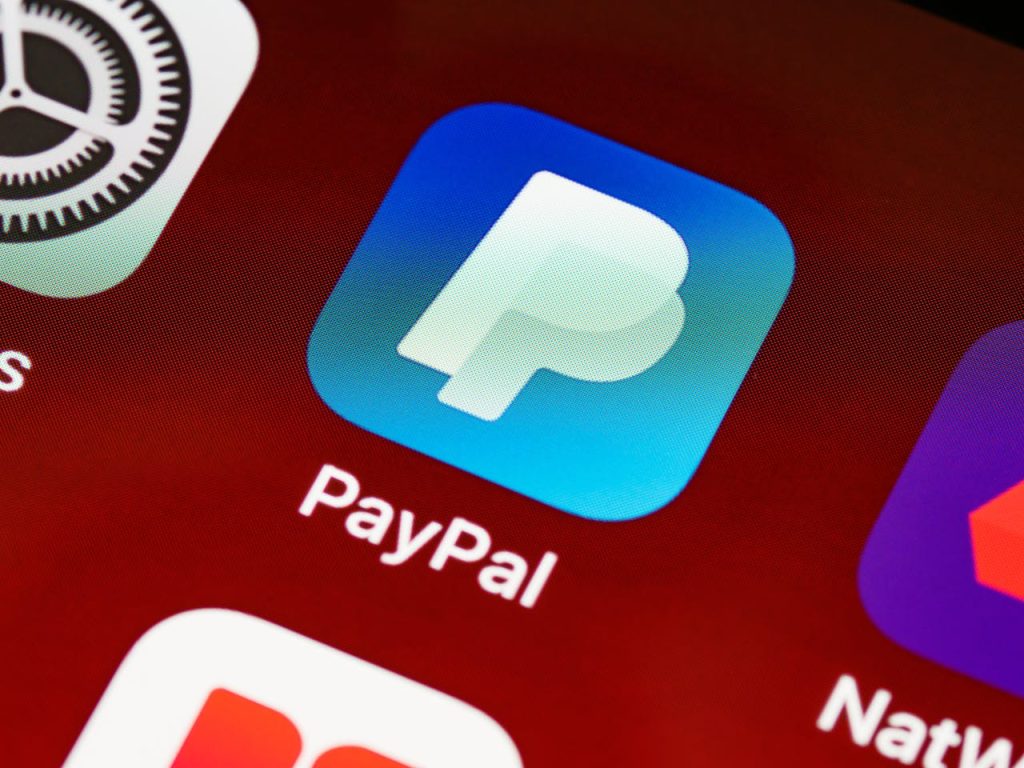
Each year, millions of Americans receive 1099-K forms from third-party payment platforms like PayPal, Venmo, and Stripe. In 2025, this number is expected to rise significantly as the IRS lowers the reporting threshold for 1099-K forms from $20,000 to $5,000 for this tax filing season, with plans to decrease it further to $600 annually.
Taxpayers who sell goods and services through online marketplaces or use third-party payment apps will generally receive a 1099-K if their total transactions reach or exceed $5,000. This is a significant shift from the previous threshold of $20,000 and 200 transactions. While taxpayers are always required to report all taxable income to the IRS, the prior higher thresholds limited the number of taxpayers subject to 1099-K reporting, reducing the chances of IRS scrutiny for smaller transactions.
The lowered thresholds don’t change what is considered taxable income, but they increase the likelihood of nontaxable transactions mistakenly being reported on 1099-K forms. As a result, more taxpayers may need to explain that certain transactions were for personal purposes, not taxable income.
Examples of nontaxable transactions that could be misclassified include:
- Splitting rent with a roommate
- Reimbursing for shared expenses, like meals or rides
- Selling personal items at a loss
Even if such items appear on your 1099-K and must be reported, they may not be taxable. However, errors or inclusion of personal transactions could pressure taxpayers into paying unnecessary taxes. This has raised concerns about the fairness of the lower thresholds.
Many casual sellers, who have never received a 1099-K before, could now fall within the new reporting rules, and failure to report income from a 1099-K might raise the risk of an IRS audit. The IRS, which has historically underutilized 1099-K forms for audits, has indicated it will increase its focus on these filings. The new thresholds could intensify this scrutiny, further impacting taxpayers.

